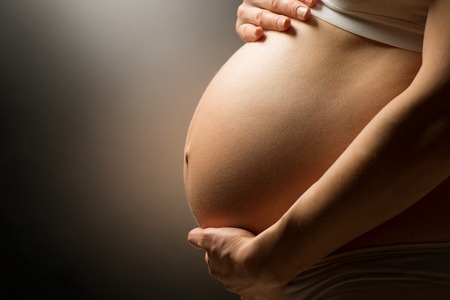Exposure to air pollution is linked to babies' growth during pregnancy, according to a landmark new study.
Scientists at the University of Aberdeen have reviewed over a decade’s worth of research evidence from around the world to establish the extent to which mothers’ exposures to air pollution, diet, alcohol and chemicals affects fetal growth.
While there was insufficient evidence that poor diet, alcohol or chemicals were factors, the study found evidence that exposure to nitrogen dioxide resulted in smaller fetal head size, particularly in the last three months of pregnancy.
Nitrogen dioxide is primarily generated by vehicle traffic, but can be present in the home from cigarette smoke, or butane and kerosene heaters and stoves.
Professor Steve Turner, who led the study, said: “In our research we looked at all the studies that measured the effects of mothers’ exposures to everyday substances including air pollutants, alcohol, and diet on the size of the unborn baby, measured through ultrasound from half way through the pregnancy onwards.
“What was unique about our review of the literature is that we looked at unborn babies to see if mothers’ exposures to these factors affected fetal development. We used medical literature dating back 13 years, when the first studies linking exposure to fetal measurements was first published.
“The seven studies where air pollution was measured and linked to fetal size were from different geographical areas of the world, including Australia, the USA and several countries in Europe. However in all of the studies the evidence was clear that in the third trimester in particular, exposure to nitrogen dioxide reduced fetal growth.”
Professor Turner continued: “Previous research has shown that being small (for gestational age) at birth is associated with increased risk for conditions that include coronary artery disease, type II diabetes and asthma.
“Our research has shown that the link between exposure and fetal growth is apparent well before birth, so any potential interventions need to happen in the early stages of pregnancy.
“Furthermore, the findings also suggest that public health measures are urgently required to minimise pregnant mothers’ exposures to nitrogen dioxide."


